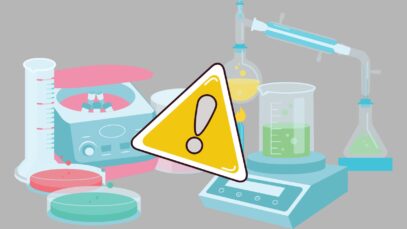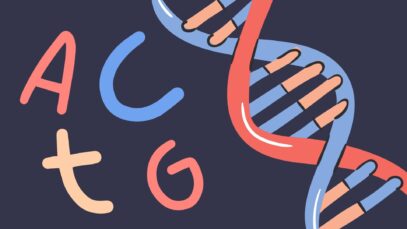
Art Explosion in the Big Bang
The history of the Universe, from the Big Bang to the appearance of life, can also be told from an art perspective. In this workshop, you’ll learn how to create nebulae (the matter concentrations that give rise to the creation of stars) with a few materials and a lot of creative freedom. It’s a very simplified version of the techniques used by the neuroscientist of the Miguel Hernández University of Elche and artist Luis Miguel Gutiérrez, creator of the exhibition Marco and Microcosmos: A History of the Universe and Life Told Between Science and Art.
Nebulae Action Painting (from 4 years on)
Action painting is a technique that emerged in the 20th century within non-figurative painting. It tries to express sensations such as movement, speed and energy through the colour and matter of the picture. One of its greatest exponents is Jackson Pollock and his work. He’d paint with the canvas on the floor and let gravity take part in the creation process. ‘Gravity? Isn’t that physics? What does physics have to do with art?’, you may wonder.
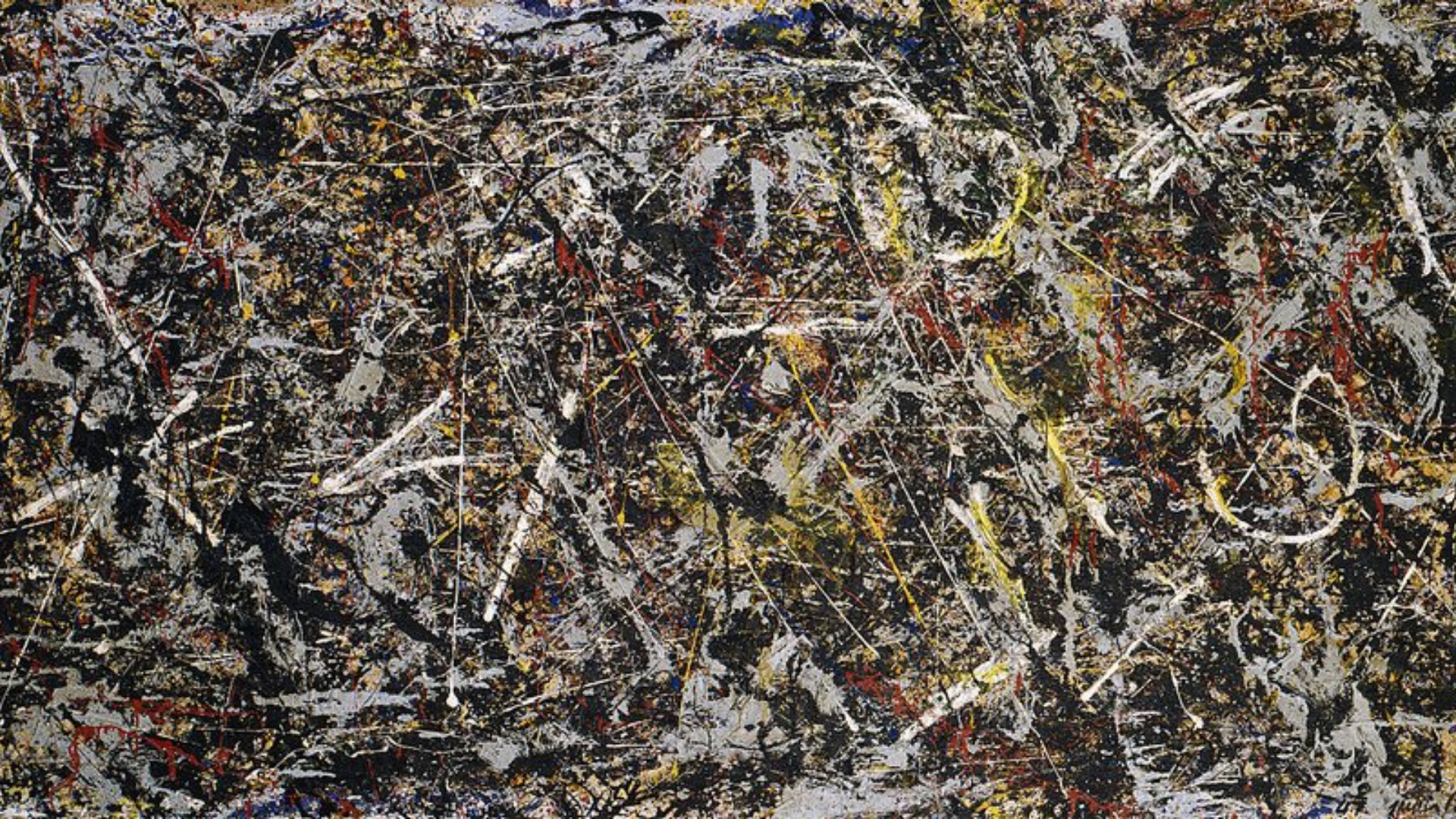 Jackson Pollock, Alchemy (1947)
Jackson Pollock, Alchemy (1947)
Source: https://www.guggenheim.org/artwork/3482
© 2018 The Pollock-Krasner Foundation/Artists Rights Society (ARS), New York
Yes, physics and chemistry have a lot to do with painting. You may have noticed that some fluids, such as water and oil, cannot be easily mixed together. Normally, the paint tubes you can buy in the shops are water or oil based, but not both. So, if you tried to create a pigment with oil and water, it’d create the most curious forms on the paper, with separate drops instead of a uniform colour line. If you also added thickening substances or solvents, the paint would be mixed in different ways. Something similar is what artist Luis Miguel Gutiérrez does when he represents galaxies or cells in his pictures. He’s developed complex mixtures of pigments and practised a lot to achieve exceptional representations of matter and life. But you can also create your own artistic version of the Universe with a few materials and some imagination.
Necessary Materials:
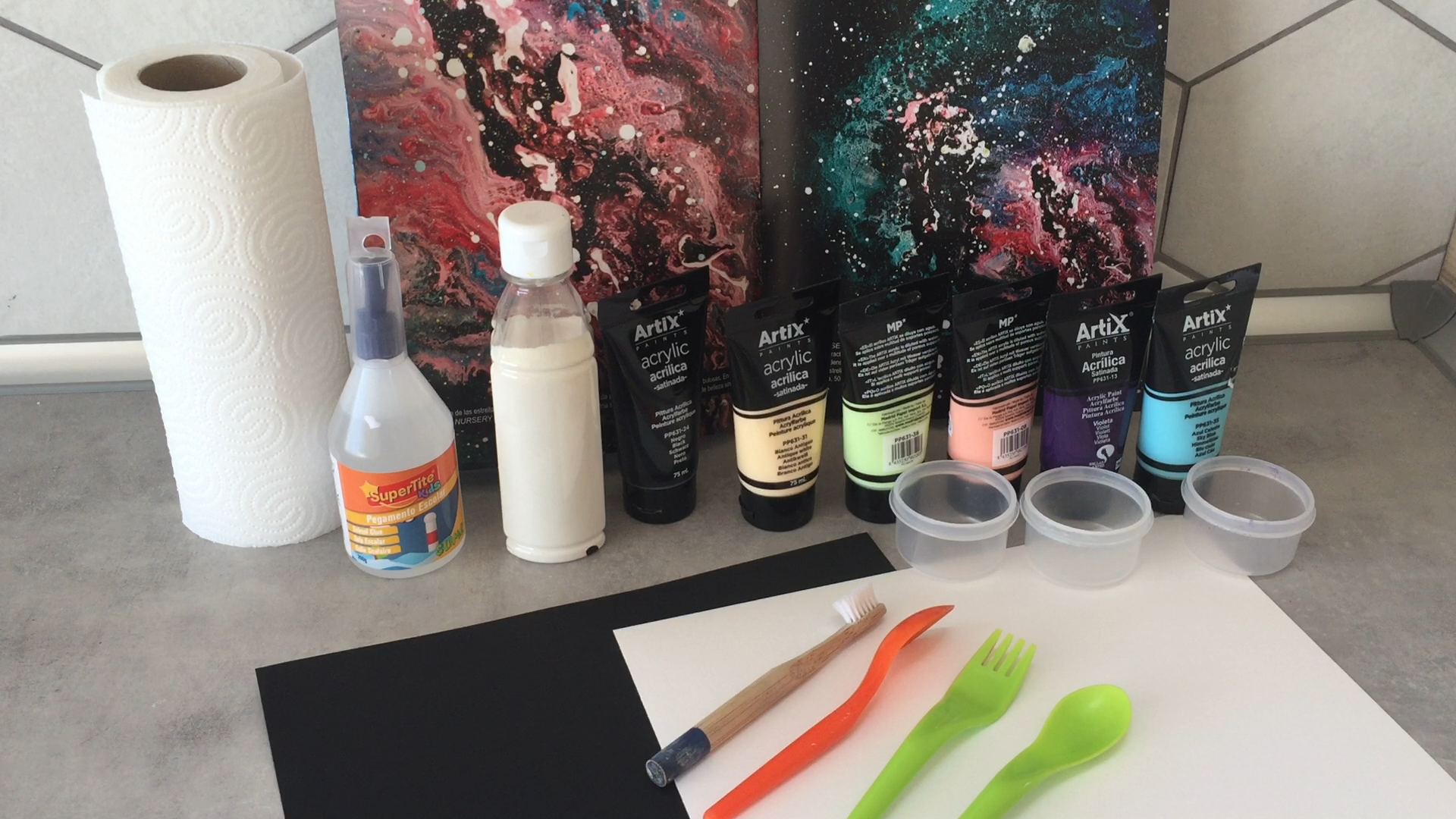 Acrylic paints: white, black and any other colours you like.
Acrylic paints: white, black and any other colours you like.
Water
Kitchen paper
Mixing bowls
School liquid glue
Black cardboard or watercolour paper
A straw (better if it’s not disposable)
Spoons or similar for mixing paint
Some nebulae reference images, such as this one:
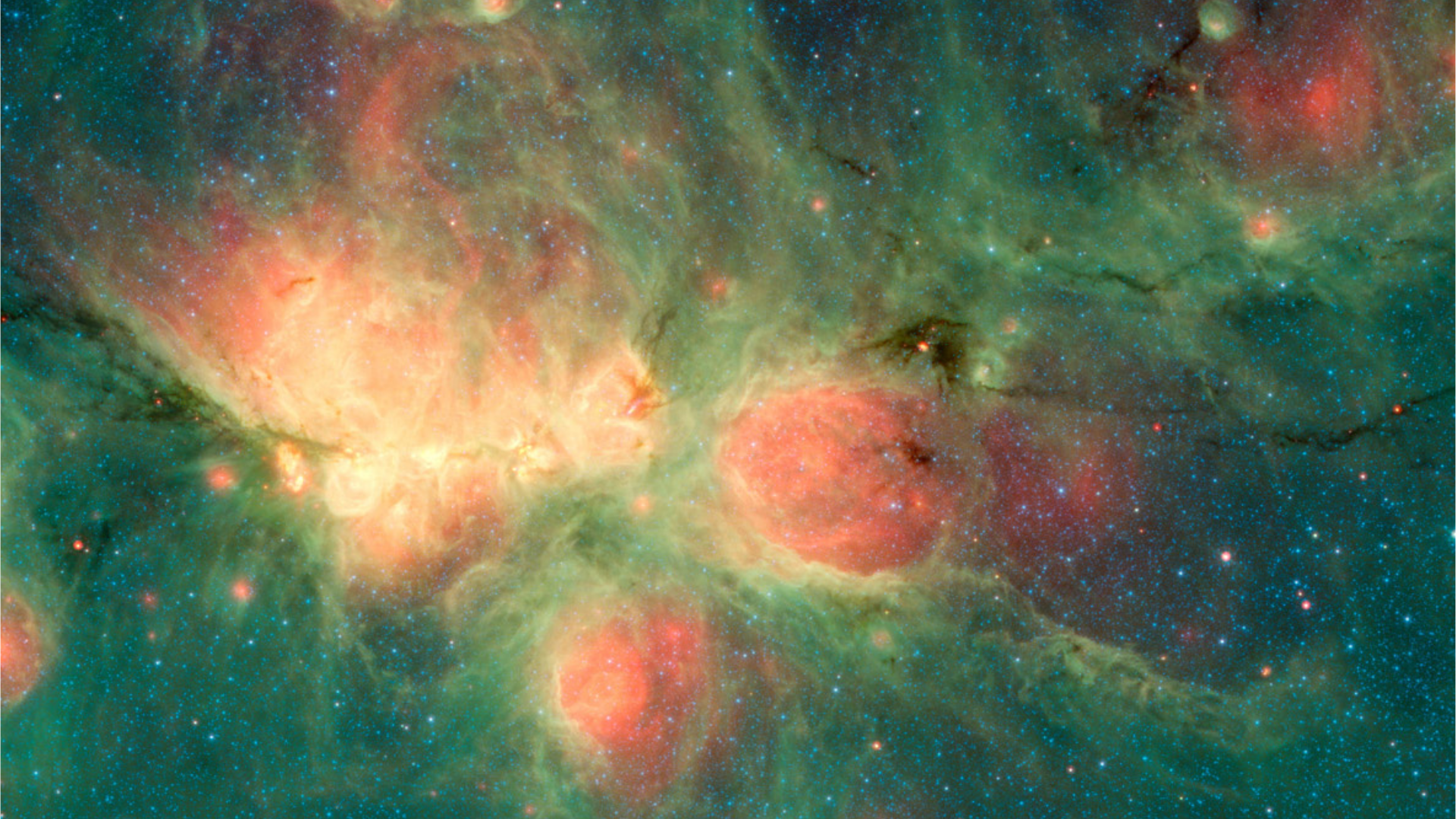 ‘cat footprint’ Nebula, 5.500 light years far from the Earth. Shot taked by Nasa’s space telescope Spitzer. Source: nasa.gov
‘cat footprint’ Nebula, 5.500 light years far from the Earth. Shot taked by Nasa’s space telescope Spitzer. Source: nasa.gov
Steps to Follow:
- Pour each paint separately into each container. At this point, you can lighten or darken them to your taste using white or black paint.
- In some of them, add a little or a lot of water to get colours with different fluidity.
- In another colour, pour the glue. The more you use, the thicker it’ll be.
- Mix all the colours well, until the fluid is uniform.
- Drop the paints on the cardboard or paper randomly. It doesn’t matter if paint jets fall one onto another or if there’s more concentration of material in some areas.
- Use the straw to blow and push the paints against each other. You can also lift and rotate the cardboard in the air to help you with gravity.
- Put some white paint (or whatever colour you want!) on the brush and scratch the bristles of the brush to make the paint splash across the whole canvas. Repeat the process several times. Try to get larger, thinner splashes. This will give it realism.
- Wait for your scientific-artistic work to dry and hang it up in a place where you can see it every day. Let it remind you that everything (the world, art, all the things around you and yourself) is made of stars.
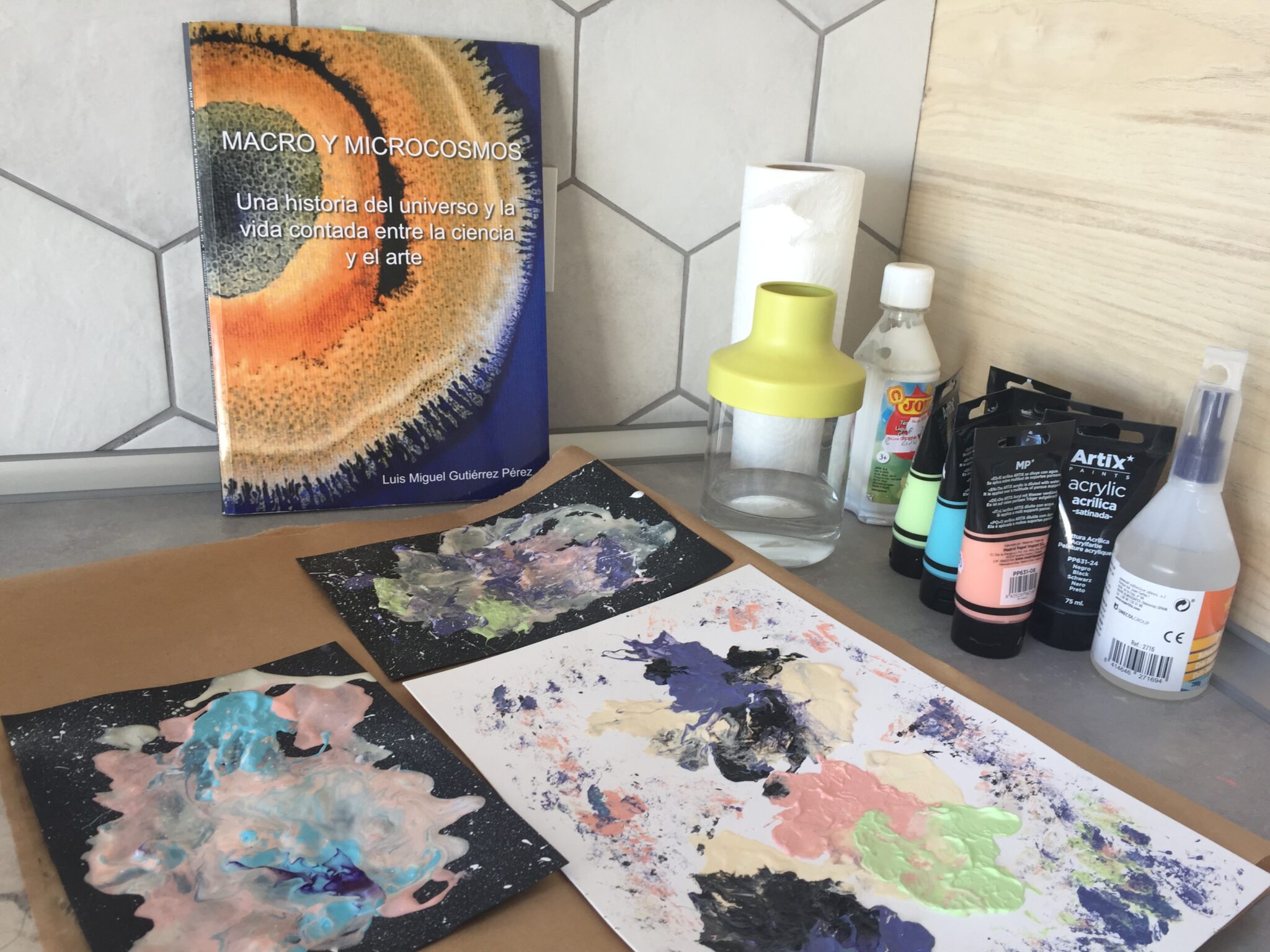
More information about Luis Miguel Gutiérrez artwork
Did you like these activities? You have many more available, for young and old, in the special ‘Science in your living room’
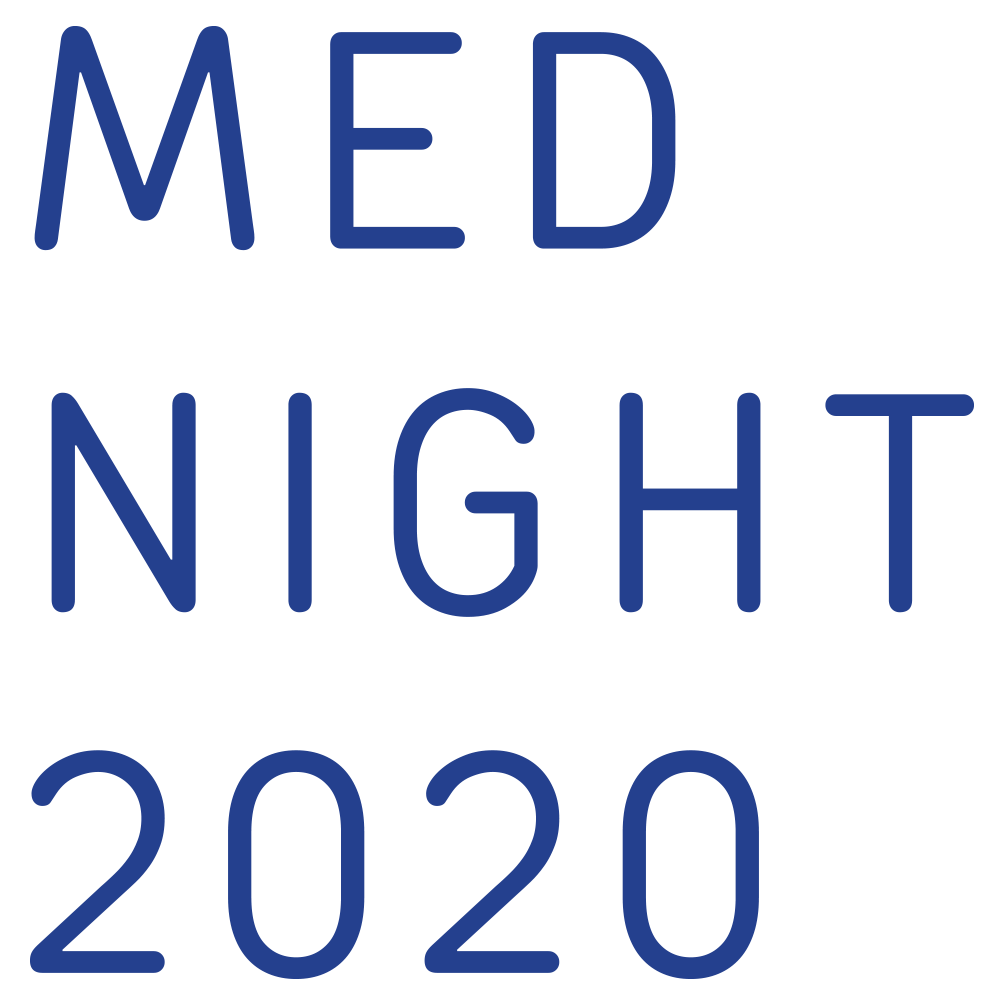
La “Mednight” nace como fruto de la colaboración de un consorcio de 12 entidades: Universidad Miguel Hernández de Elche, Universidad de Alicante, Universitat de València, Universitat Politècnica de València, Universitat Jaume I, Universidad de Murcia, Universidad Politécnica de Cartagena, Fundación Fisabio, Fundación Séneca – Agencia de Ciencia y Tecnología de la Región de Murcia, INCLIVA y el Consejo Superior de Investigaciones Científicas, bajo la coordinación de El Caleidoscopio y con el patrocinio de la Generalitat Valenciana a través de Fundación de la C.V. para el Fomento de Estudios Superiores (FFES), la Casa Mediterráneo, Las Naves y Distrito Digital de la Comunitat Valenciana.



